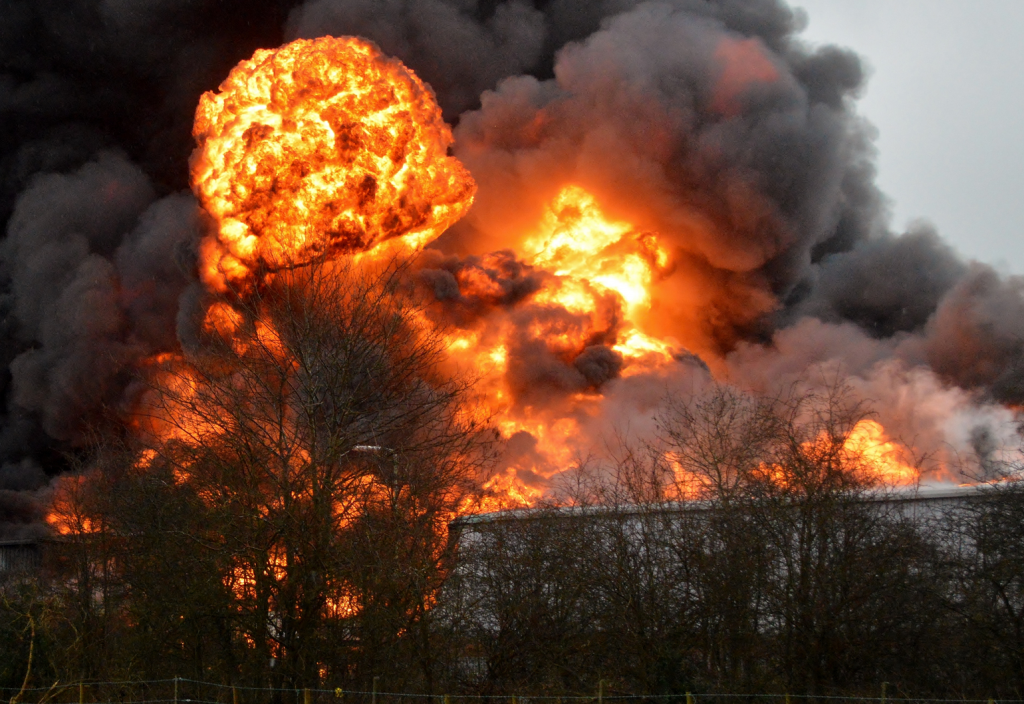Engineering researchers in the UK are working to understand the physics of modern bomb blasts on buildings and other structures in order to design better protections.
According to Professor Andy Tyas, a blast and impact engineering specialist from the University of Sheffield, the bulk of the current body of research into explosions was carried out in the mid-20th century. Back then, large-scale, long-distance blasts, such as those delivered by nuclear weapons, were top of mind.
“But these insights are less useful when looking at modern day blast threats, which are frequently from smaller, close-range explosions,” he said.
Tyas has years of experience measuring the effects of explosions of structures to draw upon. He heads up the university’s blast and impact research group and manages its testing laboratory.
His previous research has included experimental testing of blast-proof lining in aircraft holds to protect against undetected explosive devices in luggage. His team has also designed specialised instruments to measure the effects of explosions, which they have used to investigate localised pressure loading from landmines.
An unpredictable phenomenon
Real-world explosions are unpredictable, similar to natural disasters such as cyclones and earthquakes. But while seismic and wind engineers have established tests to forecast the effects of natural disasters on structures, this is not the case for explosions.
Tyas said there is a lot of debate around the current testing conducted by blast engineers on buildings and materials to assess how well they will protect against explosive damage.
“That’s because we don’t really know what’s going on inside the blast, so we can’t tell for sure how repeatable the tests are,” he explained, adding that blast engineers rely heavily on computer modelling.
Under pressure
The findings of Tyas’s latest round of experiments were recently published in Experimental Mechanics. The study describes how engineering teams in the UK and South Africa measured the effects of close-range blasts using two instruments.
The first instrument, developed by Tyas and his team, consisted of a target plate and load cells connected to an array of Hopkinson pressure bars. These were mounted in a pair of reinforced concrete frames. Each pressure bar was fitted with a pair of strain gauges, and the researchers used oscilloscopes to record the results when an explosive was set off under the target plate.
In parallel, researchers from the University of Cape Town used high speed stereo video footage to measure how a nearby explosion affected a target plate using a device known as a blast pendulum. Engineers compared the footage from two cameras (located inside a protective steel beam) using digital image correlation to determine how the target plate deformed during the course of the explosion.
Tyas explained that understanding the complex physics and chemistry at play inside explosive fireballs could give engineers a better understanding of blast loading, or how explosions affect structures.
“These insights will help us design better systems to protect people around the world from explosive attacks,” he said.

